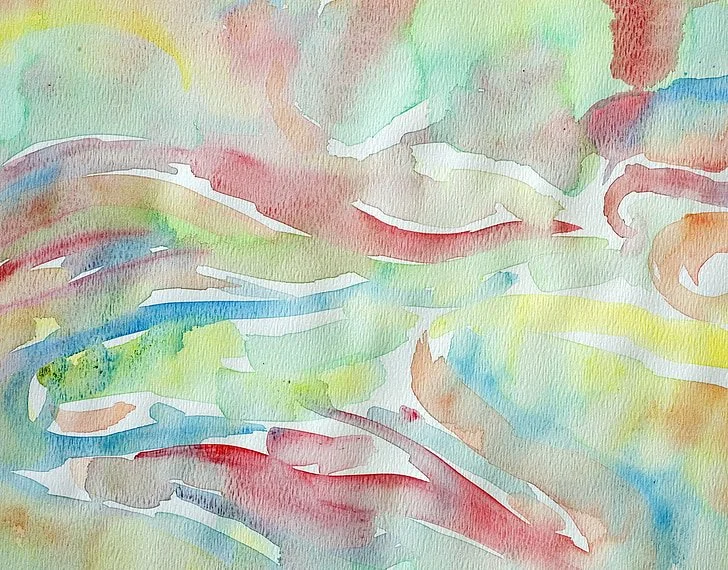Making Interfaith Dialogue Work, Small-Scale to Large-Scale
An Interview with Cardinal Jean Louis Tauran
Why Follow Luther Past 2017? A Contemporary Lutheran Approach to Inter-Religious Relations
Confronting Our Internal Voices
Divine Feminine or Divine Feminist?
Wedded to Dialogue
When a King and a Pope Sit Down to Talk Religion…
Dr. Amir Akrami on Islam, Religious Diversity, and Peacemaking in Iran
Including LGBTQ Voices in Interfaith Work
“Interview an Atheist at Church” Takes Off
A few months ago, a random idea popped in my head: What if pastors interviewed atheists as part of their Sunday service? Having been a youth pastor at one point, and now an atheist, it was as if I was trying to connect two different stages of my life. More importantly, I thought about some of the benefits this might generate amongst atheists, pastors, and congregants alike.
On Atheists and Theists Together at the Interfaith Table
As an interfaith activist, I’ve worked to bring an end to religious division. In recent years, this has increasingly meant speaking out against the rise in anti-Muslim rhetoric and violence sweeping America.
Listening and Achieving the Impossible Dream
Can Jews and Muslims actually get along? For the average American, plagued by widespread misinformation and skewed biases from the media, this might seem nearly impossible. In light of the ubiquitous news of conflict in the Middle East, coexistence between these two faith traditions is often perceived as a lost cause. However, here in the Southern California an number of Jewish and Muslim communities are working in harmony towards peace and understanding.
Opening Many Doors to the Spirit
Why Interfaith Understanding Is More Important Than Ever in Leadership
What Do Women Bring to the Interfaith Table?
This month TIO invited five remarkable women, interfaith leaders representing different faiths, to answer the question, “What do Women Bring to the Interfaith Table?” Three of their responses tell us stories – the other two approach the issue more on its own terms. But the result is a rounded, insightful discussion helping explain why women are more engaged as interfaith leaders than ever before.








